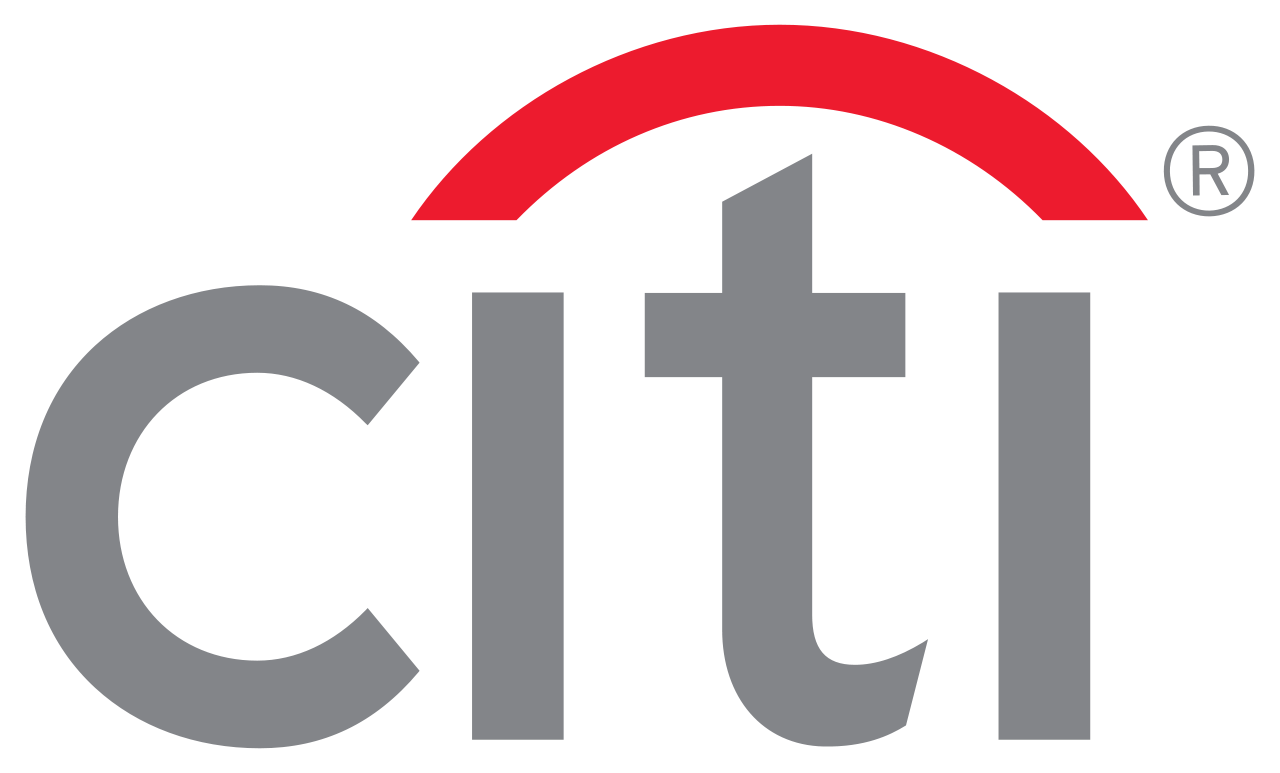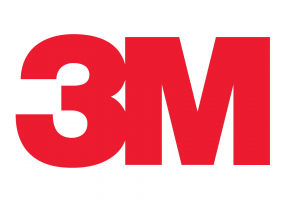The future of automation: beat the system and keep your job
28.07.2017Company: Amcham
Marketing Automation: Could You Be Replaced?

A recent study revealed that 45% of the activities people are paid to perform could be automated, and about 60% of all occupations could see 30% or more of their activities automated. What exactly does that mean? Could you be replaced, or does your authenticity trump a machine? The search for (and fear of) this answer has created a worldwide debate, and still, questions remain unanswered. We have created a new kind of brain that may end up outsmarting the majority of humanity in the decades to come. As it turns out, though, a select few of us have something that artificial intelligence does not. It’s the survival of the fittest among humans and technology. What sets you apart?

WHAT IS MARKETING AUTOMATION?
Before summarizing a small part of what marketing automation means, here are some interesting and timely statistics from CMO by Adobe. On average, 49% of companies are using marketing automation right now, and 55% of those companies are marketing business to business. Additionally, 91% of the most highly ranked automation users agree that this method is vital for their overall marketing success. Seventy seven percent of chief marketing officers at some of the most successful agencies suggest that their strongest motivation for putting marketing automation into effect is simply to increase revenue. In 2017, marketing automation is responsible for a 14.5% increase in sales productivity and a 12.2% drop in overhead expenses.
In today’s world, we have options. We don’t necessarily have to navigate a source based on the information we are trying to access. Instead, we choose the way we receive information based on personal preference regarding how we like to see content, as well as the content that we need, and from there we search for whatever that information may be.
For modern day marketers, especially those marketing to other businesses, sending an effective message through a single platform is not as realistic as it used to be. Instead, marketing to any audience requires a wide range of accessibility. This is why automated marketing is such a valuable tool. It allows marketers to create a single presentation and use it on a variety of platforms in order to reach as many people or clients as possible. Whether it’s an official website or Facebook page, the exact same video delivering an automated message is uploaded in almost no time at all. This not only saves marketers time and money, but it allows them to deliver through their audience’s preferred source. Marketing automation compacts a lot of work into a simpler method, and therefore, takes care of tasks that were once part of someone’s job. There is less demand for more positions.

RIGHT BRAIN VS LEFT BRAIN
When it comes to automation, we as humans have drawn a temporary line of comfort. This line represents what we believe to be a limit for automation. If and when technology advances beyond this line, a new line will be drawn. We have convinced ourselves that because robots are just machines without organic thoughts and feelings, they are incapable of what we call ‘right brain’ qualities. The right side of our brain is exercised during creative, artistic, emotional and intuitive tasks.
Robots are recognized as efficient masters of tasks that require the left brain. Tasks that handle mathematics in any form, as well as more straight line, logic based material in general, are conducted using the left brain. The truth of the matter is that we can no longer put limits on the technology that is being created. We simply do not know what robots are capable of at their highest levels. If 50 years ago people were told that our automation systems could be what they are now, no one would have ever believed the technological reality of today. Who’s to say that robots won’t be able to master creativity, art or emotions in the years to come?

ADAPTING TO THE MARKETING AUTOMATION MOVEMENT
Business process outsourcing company TeleTech recently revealed that not only is the machine learning market growing, but that growth is accelerating. It is predicted that the market will hit $15.3 billion by 2019, and the average annual growth rate will raise to 19.7%. By now, you’re probably planning out a way to avoid a technology takeover. The truth of the matter is that you can’t. Instead of pushing the idea of automated marketing away and avoiding it, get more familiar with the idea. Work with what’s to come so that you can recognize technology’s future weaknesses and gain skill and knowledge in those areas. The growth of automated marketing, as well as technology’s role in the workplace in general, will have an inevitable impact on all of us in the future. Don’t run from it, run with it, and think outside of the box. Be prepared for the future and keep your job within the field of marketing.

Tags: Business Development | Human Resources |












